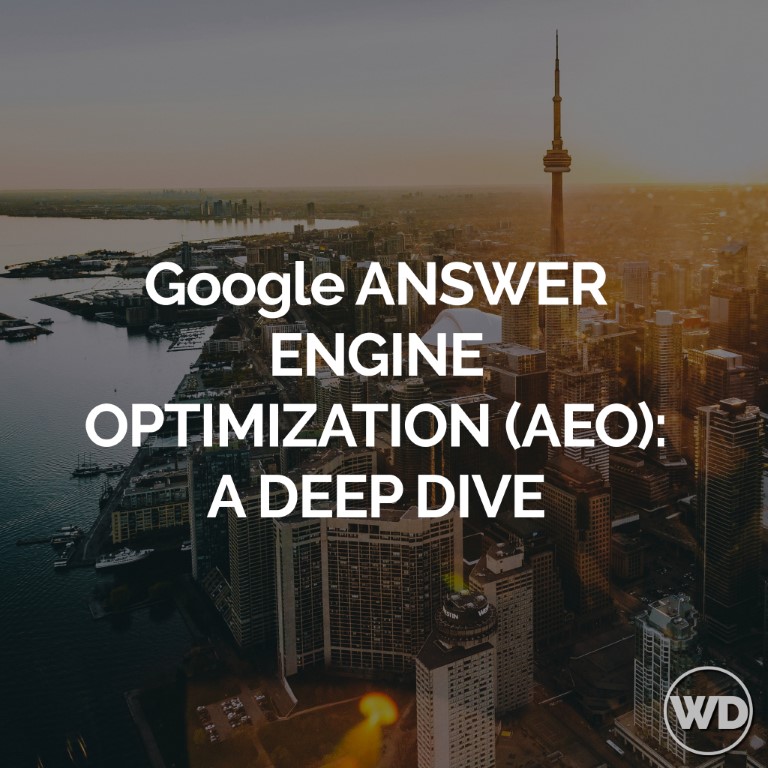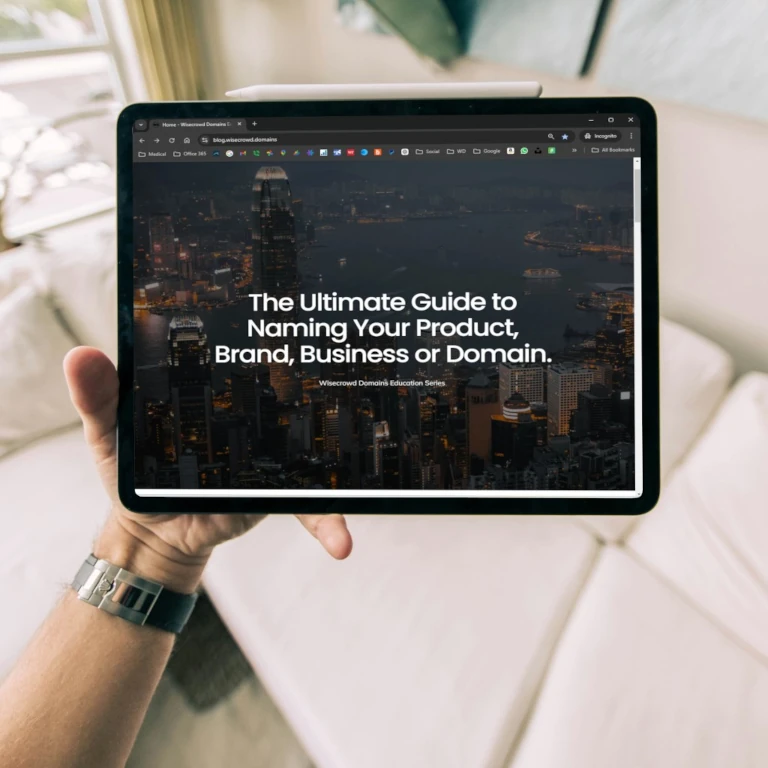In a world where consumers increasingly seek direct, relevant answers from search engines, the rise of Answer Engine Optimization (AEO) presents both a challenge and opportunity for content creators and SEO professionals. Let’s explore how AEO is transforming the digital landscape and what it takes to master this growing field.
What is Answer Engine Optimization (AEO)?
AEO is the process of optimizing digital content to appear as direct answers in search engine results, especially in response to voice and question-based queries. Unlike traditional SEO, which focuses on general keyword optimization to increase visibility, AEO targets search engines’ answer boxes, featured snippets, and voice responses to capture “position zero” — the topmost position that provides immediate answers to user queries.
Core Objective of AEO: To directly and succinctly answer users’ questions.
This practice addresses the evolving behavior of users who often phrase search queries as questions and expect concise, instant answers. Voice assistants, like Siri, Google Assistant, and Alexa, further drive AEO by relying on short, spoken answers pulled from search engine data.

Why is AEO Important?
Shift to Voice Search: With devices like smart speakers and mobile voice assistants, people increasingly use conversational queries, which are naturally suited for direct answers. Enhanced User Experience: Search engines, especially Google, are prioritizing content that meets user intent swiftly and accurately. AEO helps deliver that experience.
Increased Traffic Potential: Position zero content garners significant visibility. Featured snippets and answer boxes draw higher click-through rates (CTRs) due to their premium placement above traditional search results.
Brand Authority: Consistently appearing as the source of answers builds brand authority, presenting the brand as an expert in its field.
How is AEO Different from Traditional SEO?
Content Intent: SEO traditionally focuses on broad keywords for visibility. AEO, however, targets question-based content and is intended to provide fast, clear answers.
Answer-Based Formatting: AEO content is structured specifically to answer questions, while SEO might prioritize keyword-rich content over format.
Focus on Structured Data: Structured data, such as schema markup, plays a central role in AEO to help search engines understand and display information as an answer.
Key Components of AEO
1. Keyword Research
AEO starts with understanding how users phrase their questions. Instead of focusing solely on short keywords, AEO research prioritizes question-based keywords and long-tail keywords, such as “how,” “why,” and “what.”
Tools: Use Google’s “People Also Ask” to discover commonly asked questions in your niche.

Analyze FAQs: Review frequently asked questions in your industry and address them on your site.
2. Creating Concise, Clear Answers
Direct answers are central to AEO success. Break down content into manageable sections and prioritize short, information-packed sentences. Often, search engines prefer answers that fit into a 40- to 60-word range.
3. Optimizing for Featured Snippets
Featured snippets are snippets of content that appear above the main search results. These snippets are Google’s attempt to provide the best possible answers. There are several types:
- Paragraph Snippets: Concise answers that explain the query in one or two sentences.
- List Snippets: Answers that provide ordered or unordered lists, ideal for “how-to” content.
- Table Snippets: Organized data, like statistics or comparisons, often displayed in a table format.
4. Utilizing Structured Data
Structured data, especially schema markup, is critical in helping search engines understand the context of your content.
01
FAQ Schema
Useful for content with multiple questions and answers.
02
How-To Schema
Great for step-by-step guides and instruction manuals.
03
Product Schema
Helps product content appear with additional detail, like price, availability, and reviews.
5. Voice Search Optimization
Voice search optimization goes hand-in-hand with AEO. People using voice search typically ask longer, conversational queries, such as “What’s the best way to cook salmon?” or “How do I clean a coffee maker?”
Natural Language: Write in a conversational tone to align with the way people speak in voice search.
Short, Direct Answers: Provide clear answers at the beginning of your content.
Include “Near Me” Keywords: Many voice searches are location-based, so include location-based keywords where relevant.
6. User Intent and Content Relevance
Understanding user intent is essential. With AEO, it’s not just about generating content but ensuring it matches the intent behind each query type:
01
Informational Queries
Answer questions directly to provide value.
02
Navigational Queries
Help users find your website or specific page.
03
Transactional Queries
Offer clear calls to action for users ready to make a purchase or take an action.
How to Create AEO-Optimized Content
Start with Question-Based Headlines – Begin with a question headline, like “How Does Answer Engine Optimization Work?” These headlines directly align with what users type or say.
Craft Strong Introductory Answers – Answer the question directly within the first sentence or paragraph. This approach helps search engines easily pull your answer for a featured snippet.
Use Bullet Points and Lists – Lists, tables, and bullet points break up content into digestible parts, which search engines prefer for answer boxes.
Leverage Media and Visuals – While text answers are paramount, enhancing content with visuals or video tutorials can increase engagement and relevance, improving your chances of ranking well.
Build Context with Structured Data – Structured data gives context to your content, helping search engines display it as the best answer.
Optimize Content Length Appropriately – While brevity is key in AEO, offering comprehensive answers where relevant can improve the chances of ranking for longer queries.
Benefits of AEO for Businesses
Higher Visibility: AEO positions your content prominently in search results, often as the top response.
Enhanced Click-Through Rates (CTR): Featured snippets draw more clicks, as they’re visually distinct from traditional listings.
Increased Conversions: By addressing user questions, you establish trust and encourage users to engage with your brand.
Brand Authority and Trust: Answering questions reliably builds your brand’s authority, presenting you as an expert.
AEO: The Future of Search Optimization
As voice search and AI continue to shape the digital landscape, the importance of AEO will only grow.
For businesses, it’s no longer enough to simply rank well — it’s essential to rank in ways that directly address user intent and provide the exact information they seek.
By embracing AEO strategies, businesses can meet these evolving demands, increasing their visibility, authority, and trustworthiness online. The transition from SEO to AEO reflects the broader shift towards user-centered, answer-driven digital experiences that place users’ needs at the forefront.
Need Expert Help?
The team at Wisecrowd Design is standing by to help you with all facets of your website performance.


